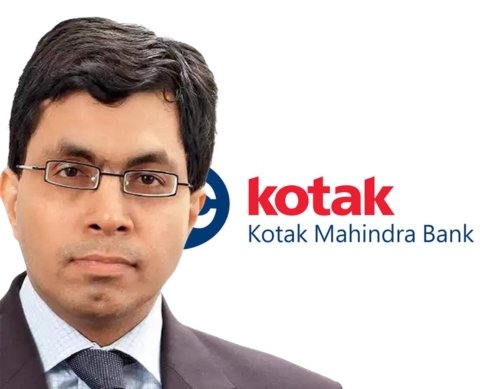Kotak Securities CEO states that foreign investment in India falls short of its true potential
Foreign investment in Indian markets currently represents only a fraction of its potential, with many investors waiting for a

Foreign investment in Indian markets currently represents only a fraction of its potential, with many investors waiting for a

Foreign investment in Indian markets currently represents only a fraction of its potential, with many investors waiting for a market correction and a cooling of valuations, according to Pratik Gupta, Chief Executive Officer and Co-Head of Institutional Equities at Kotak Securities.
“Global investors have remained on the sidelines… the capital inflows we’ve seen are minimal compared to what could be invested,” Gupta said. He noted that significant foreign capital is still waiting for Indian markets to correct, with some investors opting for China or other markets, intending to return to India once valuations become more reasonable.
While Indian markets are seen as expensive, especially in segments such as micro caps, SMEs, and small caps, Gupta asserted that there is no bubble forming. “The broader market is expensive, but it’s not in bubble territory,” he said. Over a 3-5 year horizon, equities are still expected to outperform fixed income, despite appearing expensive in the short term.
Foreign portfolio investors have injected Rs 91,708 crore into Indian equities this year, with varying levels of buying and selling. According to NSDL data, they had invested Rs 1.7 lakh crore in 2023.
Gupta highlighted that global funds, once cautious about India’s valuations, now feel they missed out as the markets continued to rise, supported by retail and domestic institutional investments. “Retail and domestic investors have shown remarkable resilience,” he noted, adding that this is one reason for strong interest from foreign investors in IPOs, QIPs, and block deals.
Neither election results nor an increase in capital gains tax have dampened the bullish sentiment in India’s stock market.
Gupta explained that foreign capital inflows could be classified into different groups. Sovereign wealth funds from Asia and Europe continue to invest in India in significant amounts, especially in specific sectors. Meanwhile, global emerging market funds are not receiving new inflows as investors still favor US markets.
India-dedicated funds, which make up 10-15% of total foreign inflows, are experiencing good inflows, while hedge funds and quant funds are interested in India but are limited by regulatory restrictions from making large investments.
The bulk of the potential investment lies with large global funds, where India now holds a higher weightage than China. These funds are eyeing India for large-scale investments, with potential US rate cuts serving as a key trigger. Gupta expects more capital to flow into emerging markets, with India being a primary beneficiary.
Sectors like consumer goods, which may benefit from a rural revival due to good monsoon conditions, private sector banks, and infrastructure stocks are attracting significant institutional interest.
Struggling to sell one multi-million dollar home currently on the market
Struggling to sell one multi-million dollar home currently on the market
Struggling to sell one multi-million dollar home currently on the market
